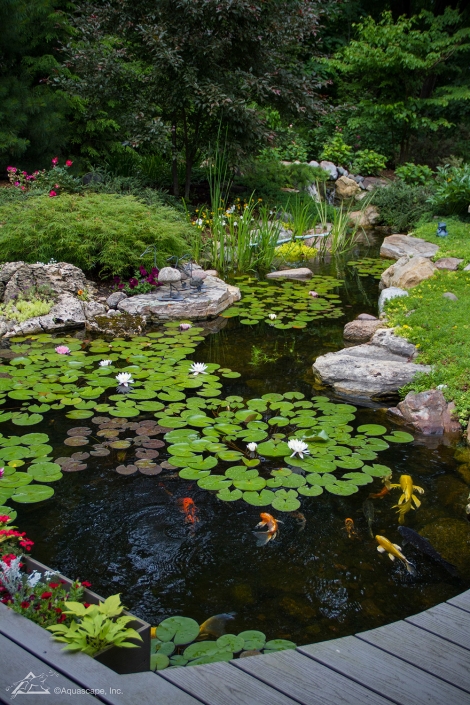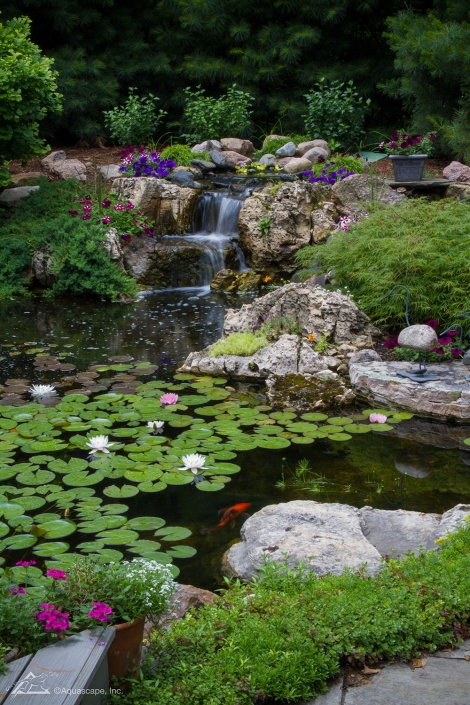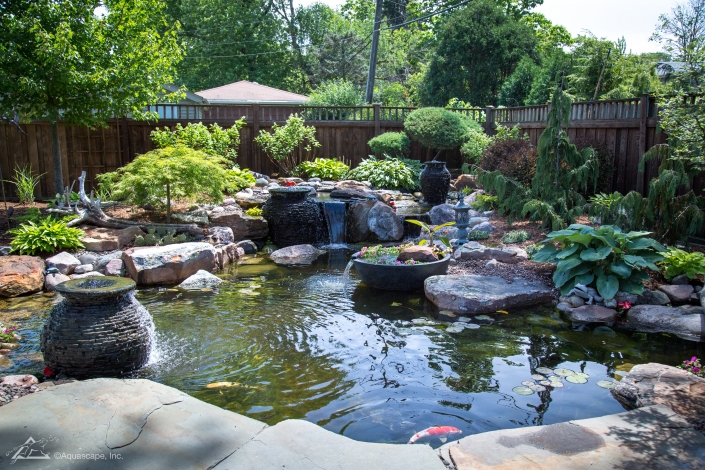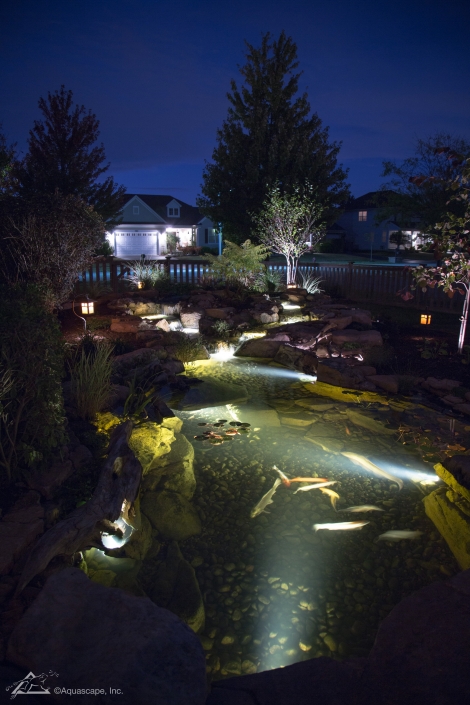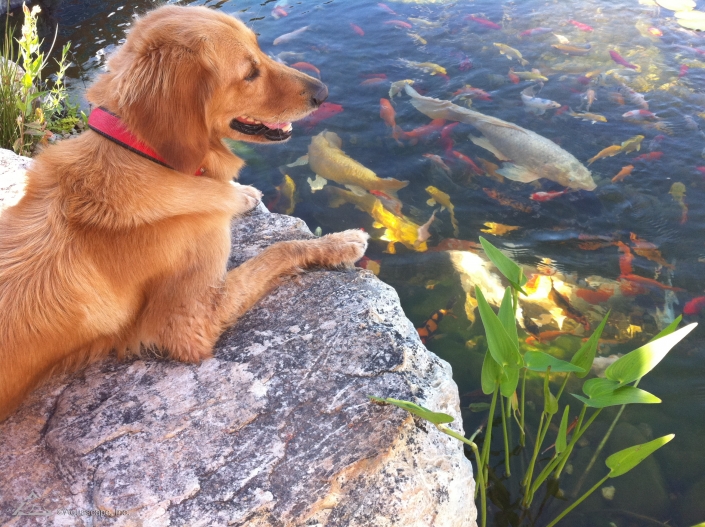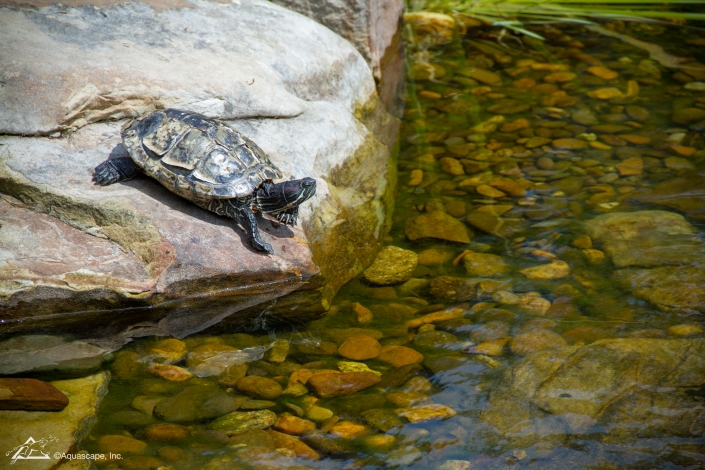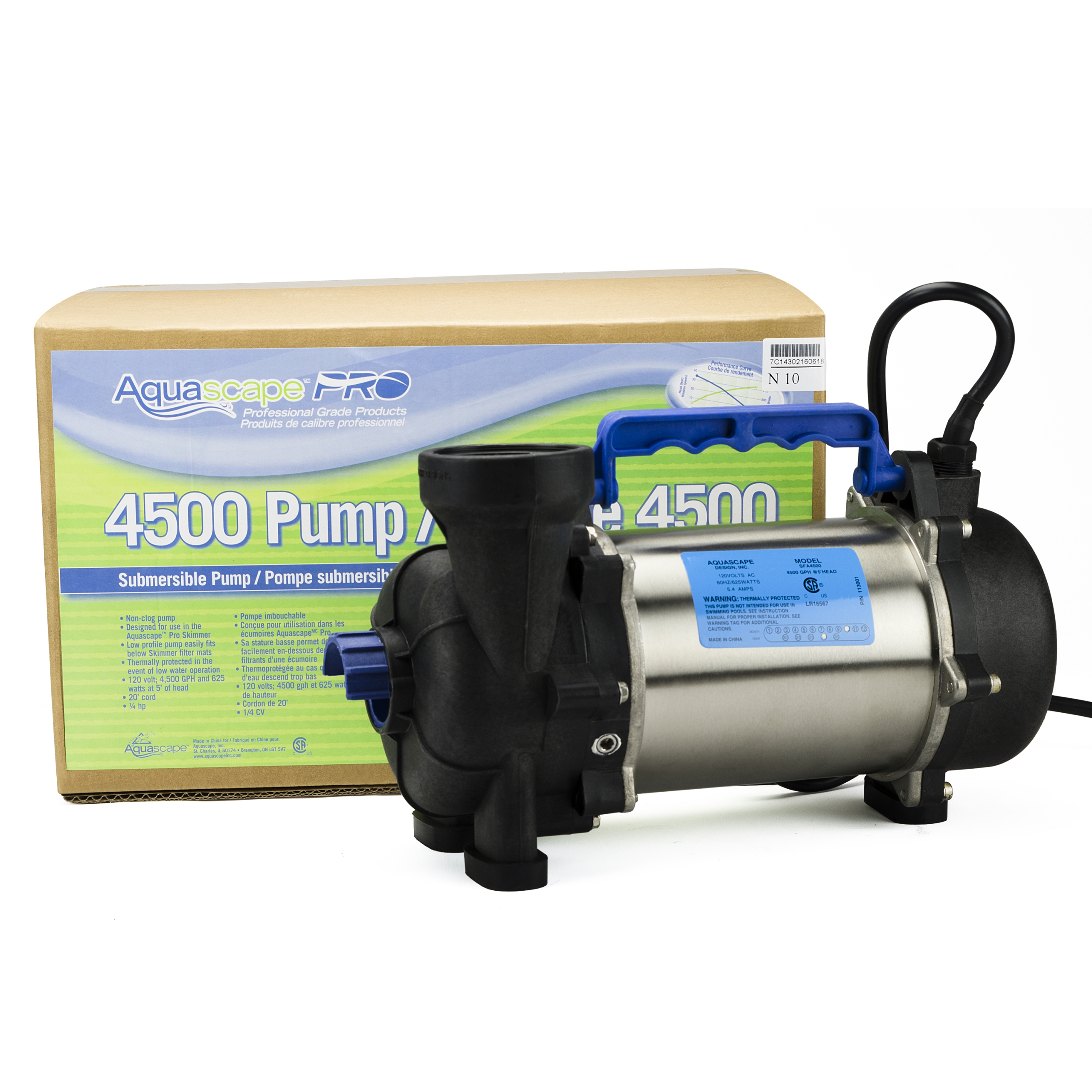What to Know Before Building a Koi Pond
A koi pond differs significantly from any other. Ponds are purpose-built habitats, and creating and maintaining a koi pond can be a time-consuming and expensive project. Koi carp are brilliant fish to own, and all your hard work and money will be well spent when your pond is fully functioning. Sadly, digging a hole, throwing in a liner, and adding a few fish isn’t enough. Here I will cover exactly what you need to do to ensure you get the process right the first time.
If you were simply to introduce koi into a pre-existing pond, the result could be disastrous—unless, by happenstance, that pond meets all of their needs. Many people are misled into thinking that because koi can survive for a lengthy period, they are exceptionally hardy fish, but this is untrue. Koi may be resilient, but they cannot thrive in a wholly unsuitable habitat. No matter how well you maintain your pond, your koi will not survive if it’s not appropriate to their needs, so it’s best to start your pond from scratch. To help you with this process and to ensure that your koi have the most excellent possible chance of survival, we’ve put together this guide.
Plan for Perfection
The first thing any prospective koi owner must realize is that keeping koi isn’t an exact science. There’s no set formula for success, and even experienced keepers run into problems. When researching ponds and seeking koi-keeping advice, you’ll encounter a great deal of conflicting information about the best practice methods and the best way to start your adventure. To prevent any conflicting advice from sabotaging your efforts, it is wise to stick with one plan and not jump back and forth between them.
Before you start buying products or planning your pond, I advise you to go out to see some ponds in your local area. Most pond owners will be more than happy to show you the fruits of their labor, and they can give you invaluable advice about how much things cost, the implications of making certain decisions, and how you can source relevant materials. Only after you’ve done this exploratory work can you begin to understand the scale of the project at hand and how it fits into the budget you have available.
Consider Your Limitations
The main problem that pond keepers often have is deciding their pond’s size, scale, and design. It’s all too easy to be overly ambitious in this regard, and you really must consider your limitations carefully before you start buying anything. Also, although many fishkeeping enthusiasts want a water garden and a koi pond, this is unachievable for most of us because of the cost and upkeep.
Many hobbyists start by adding a few koi to a small pre-formed pond, and although this has its merits (providing vibrancy and color), it is also very limiting and never allows the fish to reach their full potential. The main drawback of this approach is that the water temperature and pH of a small pond can fluctuate rapidly, causing great harm to the fish that inhabit it. Other unavoidable side effects are that waste buildup will limit the size of the koi that inhabit the pond and that a lack of swimming space will likely hinder the shape of the fish.
So let’s take a closer look at precisely what is required for koi to flourish correctly and how you can overcome any temperature and pH fluctuations as well as any filtration issues.
Determining Pond Size, Shape, and Depth
What size, shape, and depth to make your pond is your first big decision. Leaning on personal experience, I would estimate that the perfect size for a koi pond is 25 feet long by 13 feet wide with a maximum depth of 3 feet (7.5 meters long by 4 meters wide with a depth of 1 meter). Ponds can be smaller than this, but you really shouldn’t stray too far from those measurements. If you do, your koi will struggle to flourish. It’s especially wise to limit the width of your pond to no more than 13 feet (4 meters) if possible because anything more significant would make it more challenging to catch the fish if necessary (and experience says that it will be required at some point).
Calculating Water Volume
Using these measurements, it is also simple to work out the volume of water in your pond (a vital measurement when you’re planning how to alter the water’s pH levels). To calculate your pond’s volume in gallons, you multiply length x width x depth x 7.5 gallons per cubic foot. So, taking the above measurements, you would multiply 25 x 13 x 3 x 7.5, meaning that the volume of water in your pond would be 7313 gallons (27,683 liters).
Think About the Future
Although it’s incredibly tempting to economize by building a smaller pond, doing so may put you in the position of having to develop additional ponds to house your growing collection in the future—most enthusiasts who start small build more ponds later and therefore spend more in the long run. You’re better off starting with a pond that seems more extensive than necessary at first, as this ensures your koi will have room to grow even if you add more at a later date.
Remember that the comfort of the fish and the sustainability of the pond are the most important considerations. Despite interbreeding and natural variation, koi are far less versatile than goldfish, and they struggle in conditions where goldfish thrive. To ensure that your koi exercise correctly, stays healthy, and avoid stress, you need to make the size of your pond a priority, building one as close to the ideal dimensions as possible.

